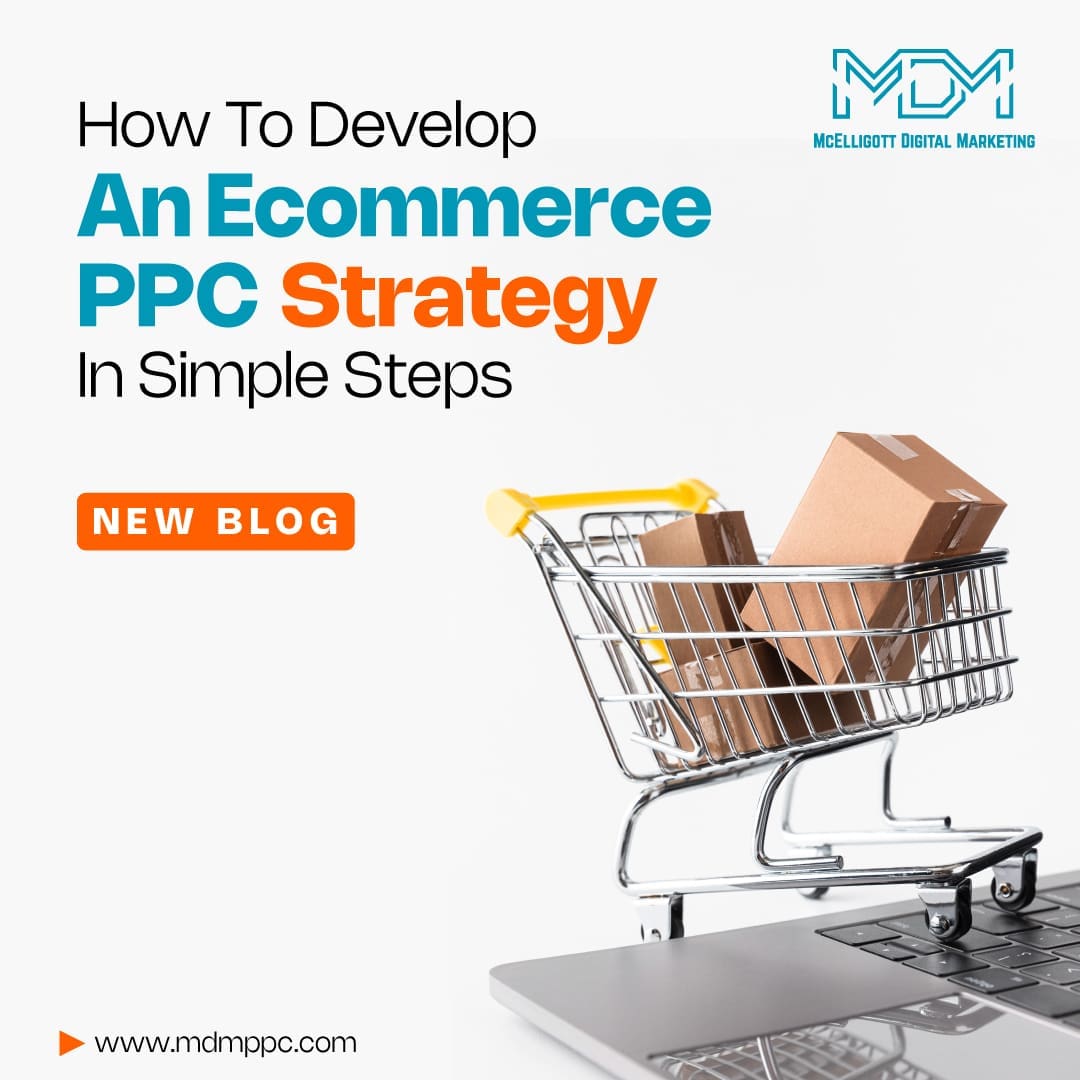Social media, meant to connect with friends and family has become an unalienable part of our lives. And today, it’s connecting brands with their customers, so it’s extremely important for businesses.
Social media has a great many benefits to offer to the leaders in business who know how to use it. One such big benefit of social media is brand awareness. However, how to increase brand awareness on social media is a question that you need to revisit from time to time because social media trends and strategies change.
We’re going to reveal some prominent ways how to increase brand awareness with social media. But before flying over there, let’s also talk about what brand awareness means.
What does brand awareness mean?
Brand awareness is the heartbeat of successful businesses in the cutthroat world of commerce today. Grabbing the attention of consumers and solidifying the image of a brand in their minds is a huge task that demands a strategic and multi-pronged approach.
At its core, brand awareness boils down to how well a target audience recognizes, recalls, and links a specific brand to its offerings. It forms the base on which customer loyalty, trust, and preference are constructed. With so many choices and bombardment by a ceaseless flow of marketing messages, establishing and sustaining a unique brand presence is crucial.
If you’re aiming to climb the ranks of industry influence, fostering brand awareness is like nurturing a relationship. It demands consistent and intentional efforts to create resonance with consumers, building a connection that goes beyond mere transactions.
Visibility across diverse touchpoints, spanning traditional media channels to digital channels, plays a pivotal role in ensuring that a brand remains not just a fleeting presence but a lasting force in the minds of its target audience.
Strategies for building brand awareness are as diverse as the marketplace itself.
Content marketing, social media engagement, influencer partnerships, and experiential marketing are just a few tools. Crafting a compelling narrative and visual identity that aligns with the brand’s values and mission is crucial in creating a memorable and enduring impression.
Data-driven insights and analytics empower brands to continually refine their strategies. Understanding consumer behavior, preferences, and sentiment allows businesses to fine-tune their messaging, ensuring it strikes a chord with the intended audience.
Examining the influence of brand awareness becomes apparent when considering the success stories of prominent companies:
- Coca-Cola stands out as a prime illustration of how to increase brand awareness on social media. The company’s distinctive logo and the classic red and white color palette are immediately identifiable.
- Nike has carved out a robust brand identity with its compelling “Just Do It” slogan and strategic marketing initiatives. The company’s dedication to empowering and inspiring athletes has significantly contributed to heightened recognition and the cultivation of customer loyalty.
- Apple stands as another exemplar in building social media and brand awareness prowess, accomplished through its sleek and minimalist design philosophy, groundbreaking high-quality products, and inventive marketing campaigns.
How does brand awareness through social media marketing impact customers?
The influence of brand awareness through social media marketing is substantial and significantly shapes consumer behavior. High brand awareness is often synonymous with a heightened impact on shopping decisions, as consumers tend to associate these well-known companies with positive attributes such as quality, reliability, and trust.
Interestingly, negative experiences with brands tend to linger in our memories longer than positive ones, showing the importance of social media marketing for businesses.
Personal anecdotes, such as being overcharged by a cellphone company for roaming years ago, can shape perceptions and influence future interactions with a brand. In contrast, positive experiences, even recent ones like excellent service at a restaurant, may fade from memory more quickly.
This phenomenon is not unique to personal experiences but is a shared reality for many consumers. Negative emotions associated with certain brands form a mental list that we often share with friends and family as a cautionary tale.
On the flip side, companies that successfully cultivate high brand awareness craft a strong and positive brand image that resonates with consumers. This translates into popularity and loyalty, where products from well-known brands are perceived as having higher value, even when comparable in quality and price to lesser-known counterparts. The brand name itself becomes a valuable asset, imparting an intangible allure to the product and prompting consumers to be willing to pay a premium.
Beyond influencing purchasing decisions, brand awareness also plays a crucial role in establishing trust.
In industries like pharmaceuticals or finance, where trust and reliability are paramount, a widely recognized and positively perceived brand can sway consumer decisions. For instance, consumers may opt for a prominent financial institution over a lesser-known one, even if the products and services are similar, based on the perceived reliability and security associated with the well-known brand.
Brand awareness and social media channels serve as a powerful determinant in shaping consumer perceptions, preferences, and ultimately, their trust in a business and its offerings.
How to increase brand awareness on social media?
Here we’re going to recommend several ways to increase your brand awareness on social media channels.
1. Information sharing
Social media functions as a dynamic hub for disseminating information. Be it articles, videos, or images, the platform serves as a conduit to inform and educate followers about brand beliefs. Furthermore, it provides a unique avenue for promoting business or personal brands, facilitating outreach to new customers, and staying abreast of emerging trends.
2. Trending sound utilization
A strategic approach to bolstering brand awareness involves leveraging trending sounds, particularly on platforms like Instagram reels. Regularly perusing the Reels space and identifying trending audio, indicated by an arrow icon, proves effective. This practice, embraced by companies, content creators, influencers, and celebrities, not only captivates audiences but also creatively engages them through popular sounds.
3. Marketing prioritization
Increasing your marketing efforts entails prioritizing the dissemination of informative and engaging content that authentically reflects your brand’s personality and values. This spans diverse content forms, including blog posts, social media updates, videos, and infographics.
Employing a spectrum of channels, such as social media marketing, email marketing, partnerships, and sponsorships, ensures reaching the target audience and enhancing overall visibility.
4. Sponsorships and events involvement
Actively participating in events and initiatives, such as sponsoring local sports teams or hosting community events, significantly contributes to heightened brand visibility.
Associating a logo with such engagements not only places it prominently before people but also fosters positive associations with the company.
5. Defining and engaging with the target audience
Building robust relationships with a target audience is pivotal.
Clearly defining the audience allows for tailoring branding and marketing efforts to meet specific needs and interests. Leveraging social media, online reviews, email marketing, and other forms of engagement becomes instrumental in nurturing these relationships.
6. Unique Selling Proposition identification
Setting a brand apart involves identifying and communicating a unique selling proposition to a target audience. Focusing on the distinctive benefits the business provides and adeptly addressing challenges faced by the audience highlights a brand’s unique value proposition.
7. Consistent delivery of quality
A sterling reputation for quality and exceptional customer service is foundational to building brand awareness and fostering loyalty over time.
Consistency in delivering high-quality products and services reinforces the credibility and trustworthiness of a brand.
8. Visual and emotional design
Crafting a brand identity that is not only immediately identifiable but also resonates emotionally with a desired audience is paramount. Generating content that aligns with a customer profile while employing strategies that differentiate a brand adds an emotional aspect to the brand’s identity.
9. Content consistency assurance
Social media marketing hinges on reaching the right audience through suitable channels and an accurate strategy. Ensuring consistency with a brand identity across various social networks is paramount. Populate social channels with content that aligns with business goals and mirrors the quality and attention to detail depicted in a visual identity.
10. Brand loyalty strengthening
Demonstrating commitment to engaging with the social community by actively responding to questions and comments not only strengthens brand loyalty but also showcases exceptional customer service.
11. Goodwill generation
Consistently creating high-quality, informative content becomes instrumental in generating goodwill. Engaging with an audience through responses to comments and questions fosters trust in a company.
12. Utilize networking
Leveraging social media for networking purposes proves invaluable. Connecting with potential employers, industry professionals, and fellow entrepreneurs expands a professional reach.
Beyond the outlined strategies, it’s crucial to recognize the importance of ongoing analytics and data-driven insights. Regularly analyze the performance of social media campaigns, track engagement metrics, and adapt strategies based on the evolving landscape.
Innovative content formats
Embrace innovative content formats to capture audience attention. This could include interactive polls, live video sessions, or immersive storytelling techniques. Experimenting with diverse content formats keeps the audience engaged and demonstrates a brand’s versatility.
Collaborate with influencers
Influencer marketing has emerged as a powerful tool on social media. Collaborate with influencers who align with your brand values and have a significant following. Their endorsement can provide a substantial boost to brand visibility.
Harness User-Generated Content
Encourage your audience to create and share content related to your brand. User-generated content not only serves as authentic testimonials but also expands the reach of your brand as users share their experiences with their networks.
Paid advertising campaigns
While organic reach is valuable, consider investing in paid advertising campaigns on social media platforms. Targeted ads can reach specific demographics, ensuring that your brand message reaches the most relevant audience.
Community building
Foster a sense of community around your brand. Create groups or forums where your audience can engage with each other and with your brand. Community-building enhances brand loyalty and encourages long-term engagement.
Monitor and respond to trends
Stay attuned to social media trends and adapt your strategy accordingly. Monitoring trending topics and hashtags allows your brand to participate in relevant conversations, staying current and maintaining relevance.
Educational content
Position your brand as an industry authority by sharing educational content. This could include how-to guides, tutorials, or industry insights. Providing valuable information not only enhances your brand’s credibility but also keeps your audience informed.
Summary
In the ever-evolving importance of social media for businesses, a multifaceted approach is essential for enhancing brand awareness. By combining the foundational strategies outlined earlier with innovative content formats, influencer collaboration, user-generated content, paid advertising, community building, trend monitoring, and educational content, you can create a holistic and effective social media presence.
Building brand awareness is an ongoing process that requires adaptability, creativity, and a genuine connection with your audience. Stay tuned with the industry trends, listen to your audience, and be willing to evolve your strategy as social media dynamics continue to evolve.
With a strategic and comprehensive approach, your brand can not only navigate the complexities of social media but thrive in the ever-expanding digital competition.
McElligott Digital Marketing has been helping local brands reach their customers online and convert them by using strategies that include SEO, pay-per-click ads, social media marketing, and more.
If you need help with crafting a personalized marketing strategy for your brand, don’t wait. We’re here for you.
Get in touch with our experts today.
FAQs
1. How can social media boost brand awareness?
Social media boosts brand awareness by providing a dynamic platform for sharing information, utilizing trending content, prioritizing marketing efforts, engaging with the target audience, and leveraging diverse content formats and strategies.
2. What is the difference between organic and paid social media?
Organic social media involves non-paid content, relying on natural reach and engagement. Paid social media utilizes targeted advertisements for a fee, amplifying reach to specific audiences and enhancing visibility.
3. How do I start using social media ads?
To begin using social media ads, select your platform, set goals, define your target audience, create compelling content, set a budget, and monitor performance. Utilize platform-specific ad tools to maximize effectiveness and reach.





